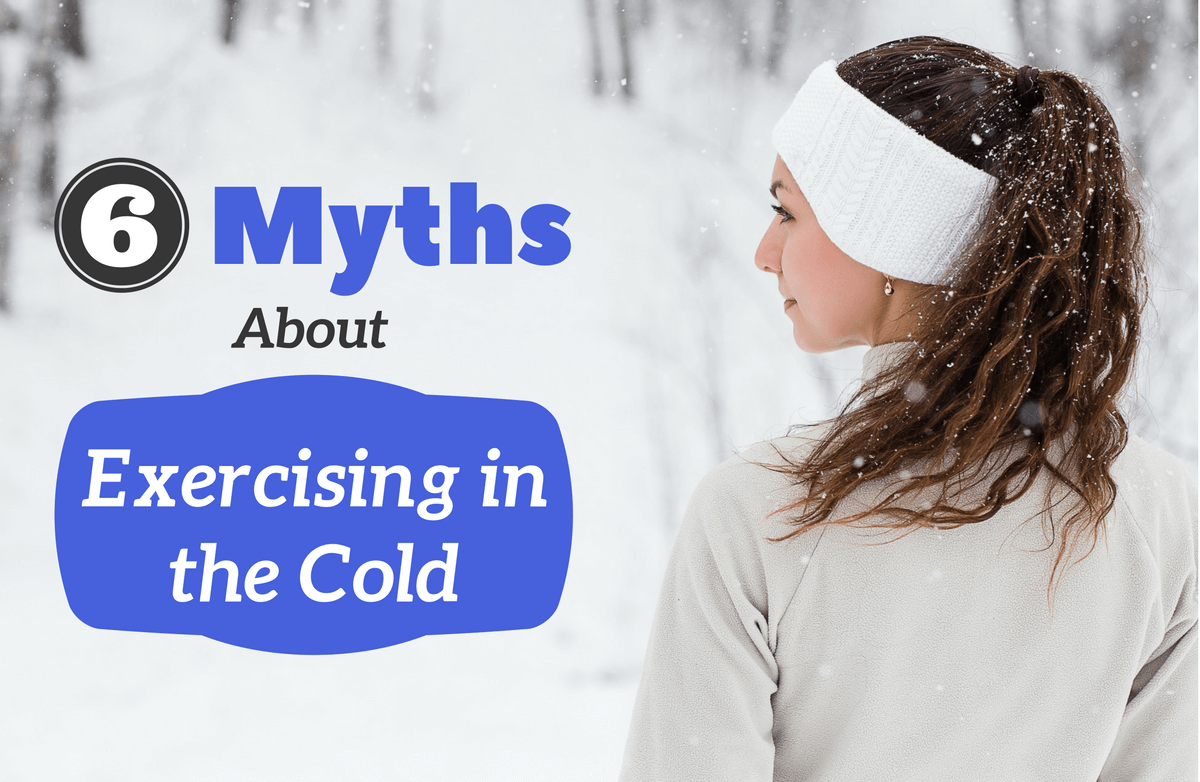|
Perhaps you have heard eating a banana or drinking a glass of orange juice or milk can help relieve the pain of leg cramps. Maybe you have read that a diet high in potassium can help reduce blood pressure or the risk of a kidney stone incident. If you don't battle with any of those issues, you may not be familiar with the benefits of consuming an adequate potassium intake. Minerals work throughout the body to regulate processes and provide structure including potassium. What is it? Potassium is a mineral that is necessary for cells, tissues, and organs to function properly in the human body. It is also an electrolyte working with sodium, chloride, calcium, and magnesium to conduct electricity throughout the body. It is vital for proper heart function and plays a significant part in skeletal and smooth muscle contraction, which helps maintain a regular heartbeat and aids in peristalsis and digestion. Potassium serves as the body's major intracellular cation that helps regulate body fluids and cell mineral balance. Small changes between extracellular and intracellular potassium ratios greatly influence neural transmission, muscle contraction, and vascular tone. In healthy individuals, 85 percent of dietary potassium is absorbed and about 80 percent is excreted in urine with the remainder lost in feces or sweat. Too much potassium in the blood is called hyperkalemia while too little is called hypokalemia. How much do I need? Maintaining the correct level of potassium is dependent on sodium and magnesium amounts in the blood. Because of the relationship between sodium and potassium, the richer the diet in sodium, the more potassium is necessary as well to maintain balance. This is especially true if you cope with sodium-influenced hypertension. Excessive sweating, diarrhea, vomiting, certain medical conditions, or medications can also increase potassium needs. The recommended daily allowances for potassium in adults are 4700 milligrams (4.7 grams) per day but many people consume only about half this amount. Where do I find it? In unprocessed foods such as fruits and vegetables, potassium is predominately found with bicarbonate-generating precursors like citrate and phosphate. These favorably affect acid-base metabolism and reduce risks of calcium kidney stones or bone demineralization. When potassium has been added to processed foods or supplements, it is generally in the form of potassium chloride. In addition to working opposite sodium and potassium to maintain proper serum osmolarity balance, chloride also combines with hydrogen in the stomach to make hydrochloric acid, which can be problematic. It is best to meet your daily potassium needs from whole food sources since it is readily available in fresh fruits and vegetables as well as meats, fish such as salmon, cod or flounder, dairy and legumes. Some sources of potassium include : Artichoke Avocado* Bananas* Beans* such as baked, kidney, Lima, pinto, black-eyed peas, chickpeas (including hummus), or lentils Beets Black strap molasses* Bran cereal Brussel sprouts Carrots (including carrot juice) Dried fruits such as raisins, dates, apricots, figs, or prunes (including prune juice) Kiwi fruit Meat such as beef, chicken, halibut, pork, salmon and veal Melons such as cantaloupe or honeydew Milk and other dairy such as cheese and yogurt Potatoes* including sweet, white and red Oranges* as well as orange juice nectarines and tangerines Squash especially winter* Spinach Tomatoes* whether canned or fresh as well as juice including vegetable juice (*) Denotes highest sources Additional Considerations Diuretics are frequently used as part of medical treatment for conditions such as hypertension or congestive heart failure. Some are "potassium sparing" and have little influence on serum potassium levels. Others are "potassium losing" because they increase the urinary excretion of potassium, which can lead to hypokalemia. The body's response and influence on potassium is dose-dependent. Many people can counter balance low dose potassium losing diuretics with a potassium rich diet. Higher doses of diuretics that result in a continual loss of potassium can result in clinical signs and symptoms of potassium deficiency. In those cases, a potassium chloride supplement may be prescribed as well. When taking diuretics or any other medication that influences electrolyte balance, be sure you are seeing your medical provider regularly to have serum potassium levels monitored. It is not uncommon to experience increased losses of potassium while sweating from extended heat exposure or exercise. A variety of studies found that healthy adults did not experience serum potassium changes despite the increased losses from perspiration but urinary losses were decreased. This indicates that the body is able to make necessary adjustments to maintain proper serum potassium levels to ensure health and safety under normal conditions. If persistent excessive perspiration is experienced frequently, talk with your medical provider about the need for increased potassium requirements. Many studies have demonstrated a relationship between the modern Western diet and bone demineralization. Epidemiological and metabolic studies over the last several decades found potential causes for bone demineralization leading to osteoporosis and kidney stones related to metabolic acidosis. It is felt that typical Western diet meals and snacks tend to be higher in acid-generating animal proteins and cereal and grain products and lower in bicarbonate-generating plant foods. To decrease your risk, be sure to include fresh fruits and vegetables regularly into your meals and snacks. The kidneys help ensure the correct amount of potassium is in our body. If the kidneys are not functioning properly it is possible for serum potassium levels to become high which can lead to irregular heartbeats, heart failure or even death. For this reason, it is very important that potassium supplements or salt substitutes (which are potassium chloride) be avoided until you have consulted with your medical provider and are certain of your kidney function. Symptoms of Hypokalemia The most notable symptoms of low serum potassium levels are an irregular or rapid heartbeat, increased blood pressure, muscle spasms, or weakness. If there are other medical conditions accompanying low potassium, people may also experience bladder weakness, fluid retention, increased blood glucose levels, fatigue, weight gain, and impotence. If you experience any of these, it is very important you speak with your medical provider right away. Tips and Tricks
|
Popular EntriesMore From SparkPeople
|















